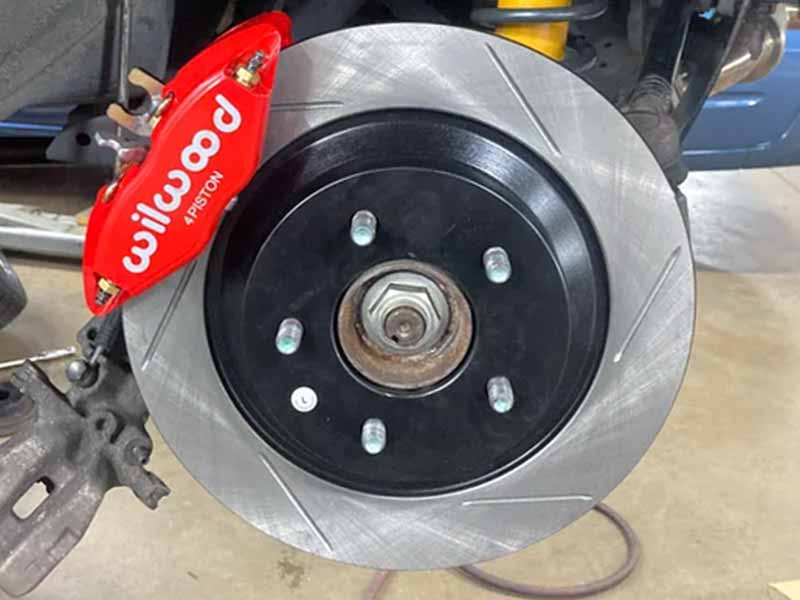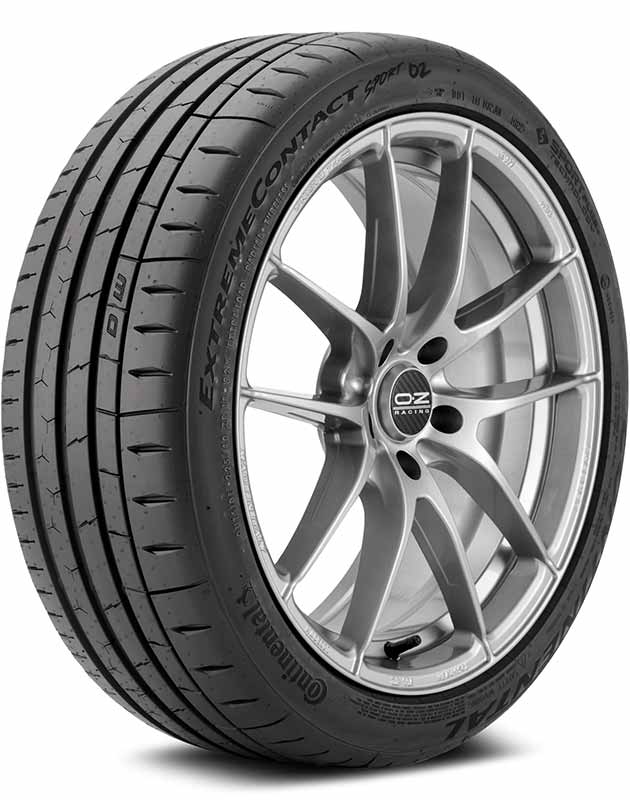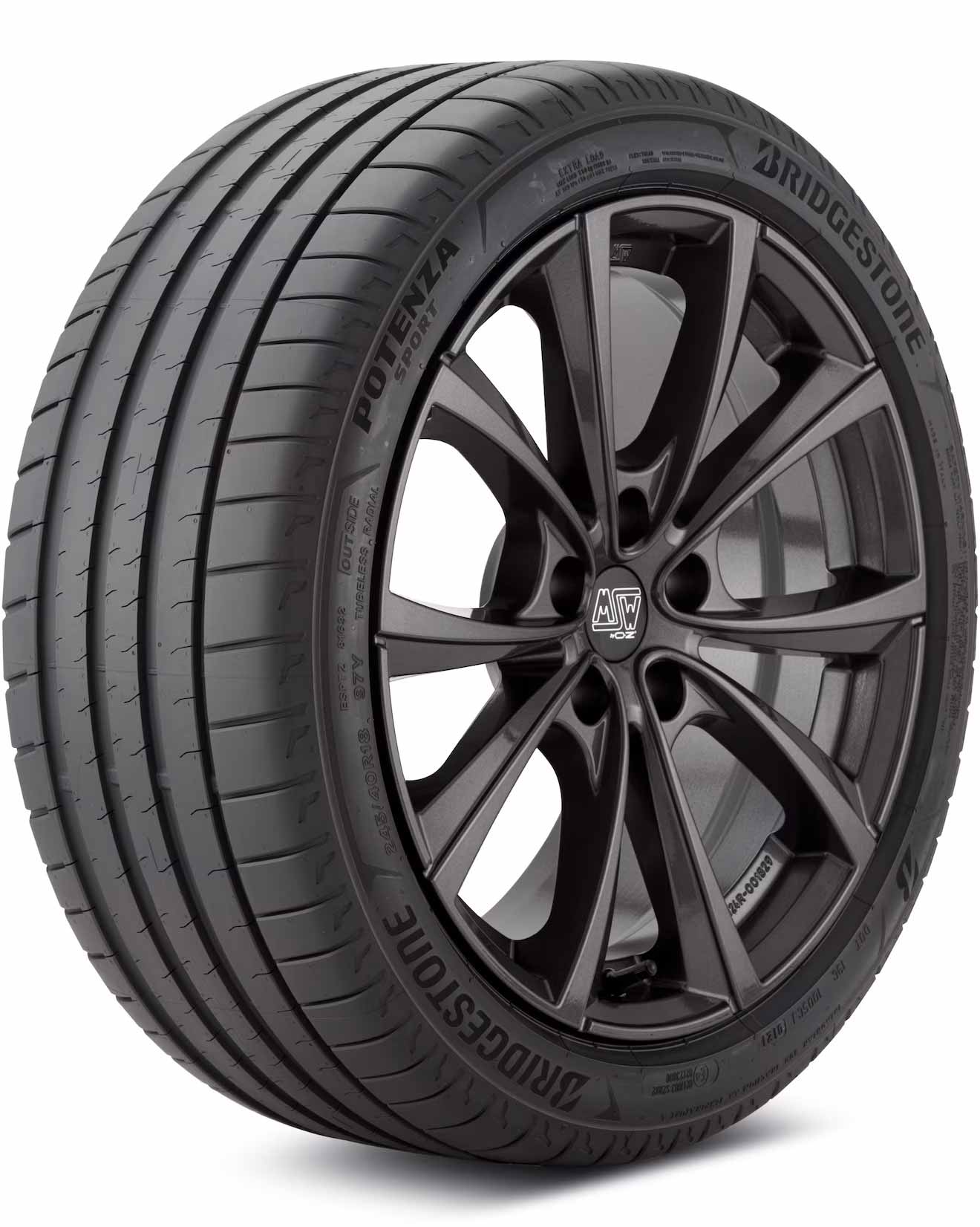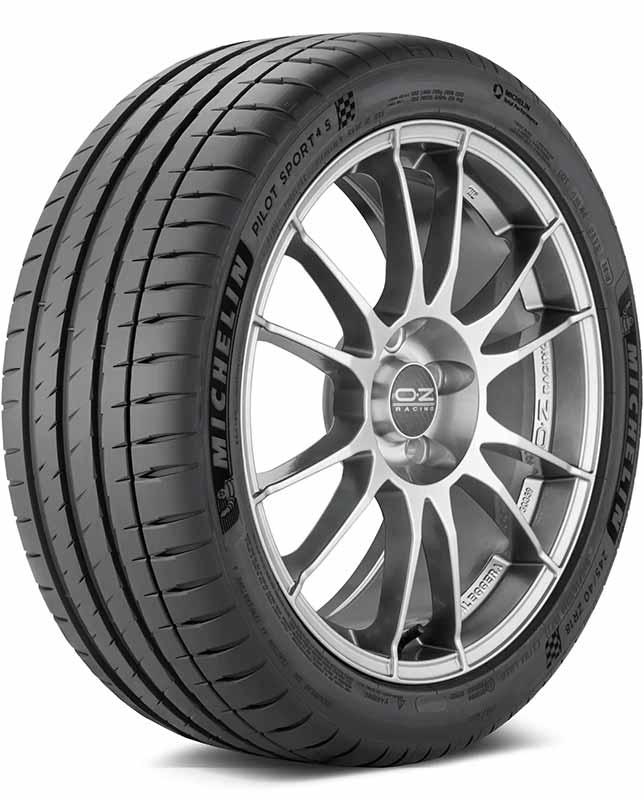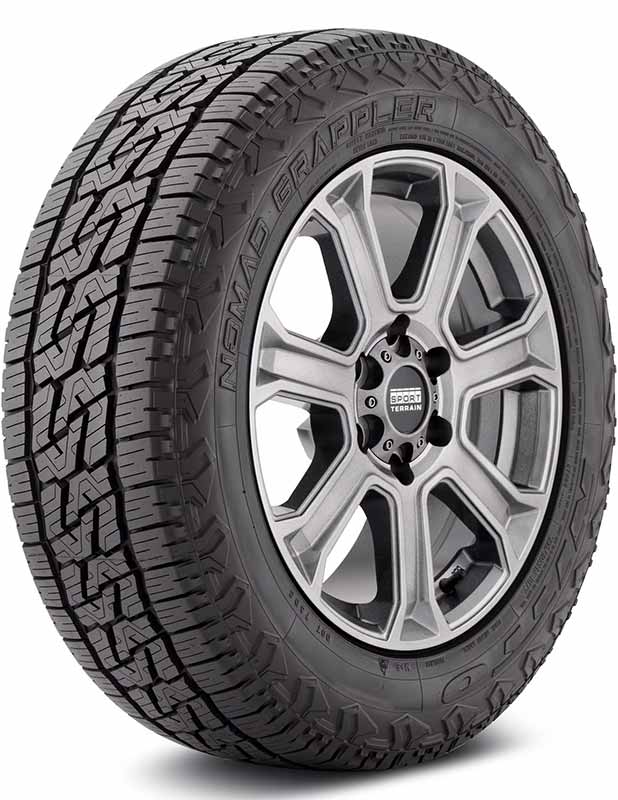Have you ever wondered about the safety of driving without those small, often overlooked components known as hub centric rings? This article dives into the nitty-gritty of hub centric rings and their impact on your vehicle’s performance and safety, as well as their benefits.
Is It Safe To Drive Without Hub Centric Rings?
Driving without hub centric rings can lead to wheel vibration, uneven tire wear, and potentially compromised vehicle handling, making it generally unsafe, especially at higher speeds.
In this article, we explore the essential role of hub centric rings in maintaining vehicle safety and performance, the risks associated with not using them, and the differences between hub centric and lug centric wheels. We also provide practical advice on choosing and installing these components.

Hub Centric Rings Example
What Are Hub Centric Rings?
Hub centric rings are small but crucial parts of your car’s wheel system. They fit into the space between the center bore of the wheel and the wheel hub of your car. Think of them like a bridge that connects the wheel to the car more securely.
- Purpose: Their main job is to make sure the wheel is perfectly centered on the vehicle’s hub. This is important because it prevents vibration and ensures the wheel is balanced correctly.
- Material: These rings can be made of different materials, like plastic or metal. Each type has its own benefits, which you can learn more about in our detailed guide on Aluminum vs. Plastic Hub Centric Rings.
Why Hub Centric Rings Matter
As an expert in tires and wheels, I’ve seen many cases where not using hub centric rings led to problems. Here’s why they are important:
- Vibration Reduction: Without these rings, your wheels might not sit perfectly centered. This can cause vibration, especially at higher speeds, making your drive less smooth and potentially unsafe.
- Even Weight Distribution: They help distribute the weight of the vehicle evenly across the wheel and tire assembly. This even distribution is key to maintaining both the health of your tires and your comfort while driving.
Hub Centric vs. Lug Centric Wheels
It’s important to understand the difference between hub centric and lug centric wheels:
- Hub Centric Wheels: These wheels are designed to be perfectly centered by the hub. This is where hub centric rings come in handy, ensuring a snug fit.
- Lug Centric Wheels: In contrast, lug centric wheels rely on the lug nuts to center the wheel on the hub. While this can work, it’s generally not as precise as a hub-centric setup.
For a deeper understanding of how hub centric rings work and why they’re important, you might want to read our article on What Are Hub Centric Rings.
The Role of Center Bore in Wheel Fitment
The center bore is the large hole in the middle of the back of the wheel. It needs to match the size of the hub for a proper fit. If the wheel’s center bore is larger than the hub, hub centric rings are used to fill the gap. This ensures that the wheel is perfectly centered, reducing the risk of vibration and ensuring a smoother ride.
How to Choose the Right Hub Centric Rings
Choosing the right size of hub centric rings is crucial. If they’re too big or too small, they won’t serve their purpose. Here’s a simple way to find the right size:
- Measure the Wheel’s Center Bore: This is the diameter of the large hole at the back of the wheel.
- Measure the Vehicle’s Hub Size: This is the diameter of the hub (the part where the wheel attaches to the car).
- Find the Right Size: The hub centric ring should match these measurements to ensure a perfect fit.
For more detailed instructions on finding the right size, check out our guide on How to Know What Size Hub Centric Rings You Need.
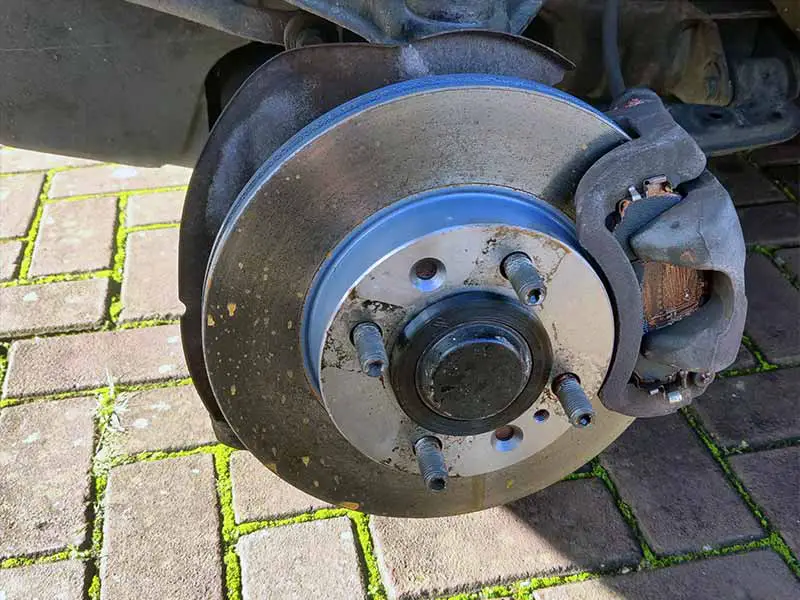
The Risks of Driving Without Hub Centric Rings
Driving without hub centric rings can lead to several safety concerns. As an expert in this field, I’ve observed the following risks:
- Increased Vibration: One of the most immediate effects of not using hub centric rings is increased vibration. This vibration can be felt through the steering wheel, especially at higher speeds. It’s not just uncomfortable; it can also make controlling your vehicle more challenging.
- Uneven Tire Wear: When the wheel isn’t perfectly centered, it can lead to uneven tire wear. This means your tires could wear out faster and unevenly, leading to a need for premature replacement.
- Compromised Vehicle Handling: The imbalance caused by not using hub centric rings can affect the handling of your vehicle. This might be more noticeable when you’re making turns or driving at high speeds.
Impact on Wheel Bearings and Vehicle Stability
Not using hub centric rings can also have a long-term impact on your vehicle’s wheel bearings and overall stability:
- Strain on Wheel Bearings: The extra vibration and imbalance can put additional strain on your wheel bearings. Over time, this can lead to premature wear and potential failure of the bearings.
- Reduced Stability: The imbalance caused by wheels that are not perfectly centered can reduce the overall stability of your vehicle. This might not be immediately noticeable, but over time, it can affect the driving experience and safety.
- Less Precision: Lug nuts are designed to secure the wheel to the hub, not to center it. Relying on them for centering can result in less precision, leading to the problems mentioned above.
- Increased Risk of Lug Nut Loosening: Vibration caused by an off-center wheel can lead to lug nuts loosening over time. This is a serious safety concern, as loose lug nuts can significantly compromise the wheel’s security.
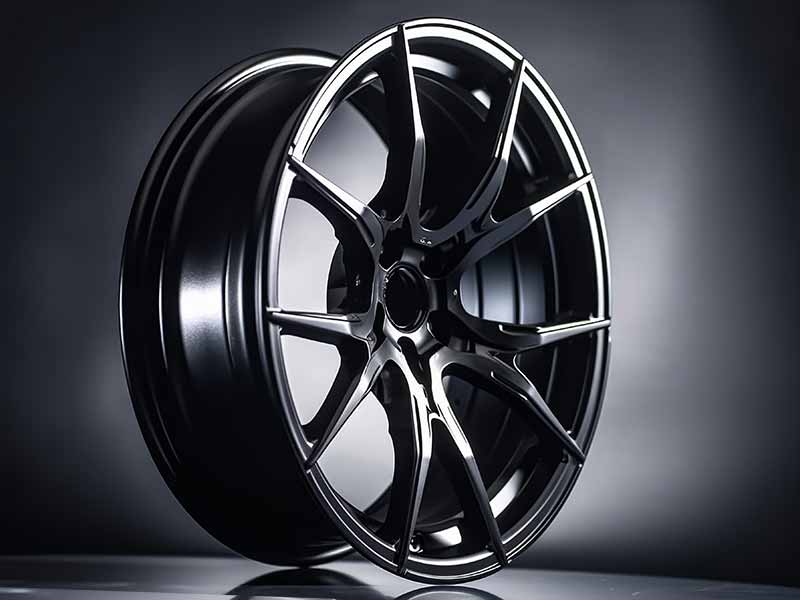
Aftermarket Wheels and Hub Centric Rings
When it comes to the fitment of wheels on vehicles, there’s a significant difference between OEM (Original Equipment Manufacturer) wheels and aftermarket wheels, particularly in the context of hub centric rings.
OEM Wheels and Hub Centric Fit
OEM wheels are designed and manufactured specifically for a particular make and model of vehicle. This means they are tailored to fit the exact specifications of the vehicle’s hub. Here’s what sets OEM wheels apart:
- Precision Fit: Since OEM wheels are made for a specific vehicle, they usually have a center bore that matches the size of the vehicle’s hub precisely. This precision fit ensures that the wheel is perfectly centered on the hub, which is crucial for maintaining balance and stability while driving.
- No Need for Hub Centric Rings: Because of this exact match between the wheel’s center bore and the vehicle’s hub, OEM wheels typically do not require hub centric rings. The wheel is already optimized to fit the hub without any additional components.
Aftermarket Wheels and the Need for Hub Centric Rings
Aftermarket wheels, on the other hand, are designed to fit a range of vehicles, not just a specific model. This leads to a few key differences:
- Larger Center Bore: To accommodate various vehicles, aftermarket wheels often have a larger center bore. This means they are not specifically tailored to fit the hub of any particular vehicle as precisely as OEM wheels.
- Use of Hub Centric Rings: The extra gap created by this larger center bore means that hub centric rings are often necessary. These rings serve as an adapter to fill the space between the wheel’s center bore and the vehicle’s hub.
- Customization and Versatility: The use of hub centric rings allows aftermarket wheels to be more versatile, fitting a wider range of vehicles. By selecting the appropriate size of hub centric rings, these wheels can be adapted to fit securely and safely onto different hubs.
Choosing the Right Hub Centric Rings for Aftermarket Wheels
Selecting the correct hub centric rings for your aftermarket wheels is crucial. Here’s a simple guide to help you choose:
- Identify the Center Bore of the Aftermarket Wheels: This is the size of the hole in the center of the wheel.
- Measure Your Vehicle’s Hub Size: This is the diameter of the protruding part of your vehicle’s wheel hub.
- Find the Matching Size: The hub centric ring should fit snugly into the wheel’s center bore and around your vehicle’s hub.
For more information on selecting the right hub centric rings, you can refer to our comprehensive guide on Do I Need Hub Centric Rings.
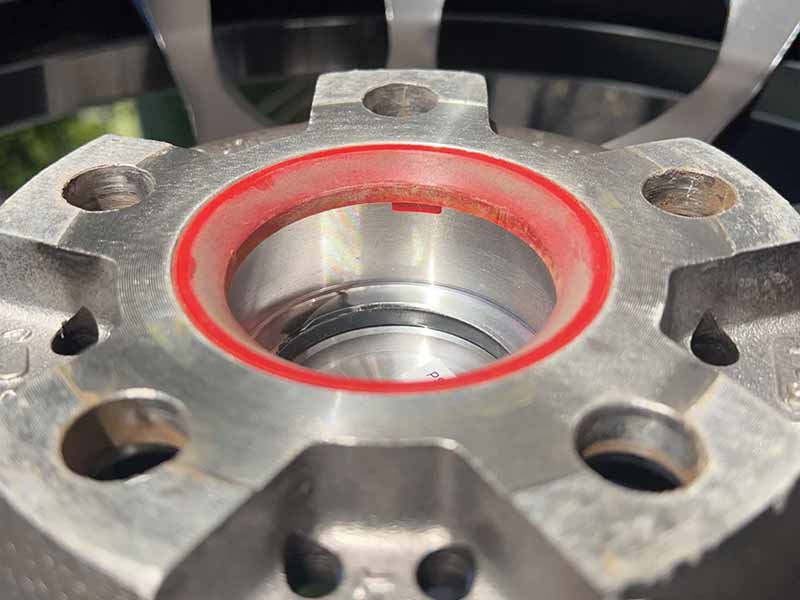
Lug Centric vs. Hub Centric Wheels
When it comes to wheel alignment and balance, understanding the difference between lug centric and hub centric wheels is crucial. Here’s a breakdown of each type:
Hub Centric Wheels
- Centering Method: These wheels are centered by the hub connection. This means the center bore of the wheel is made to fit snugly onto the vehicle’s hub, ensuring a perfect center alignment.
- Role of Hub Centric Rings: For wheels that don’t have a perfect hub fit, hub centric rings are used to fill the gap, ensuring the wheel is properly centered.
Lug Centric Wheels
- Centering Method: Lug centric wheels rely on the lug nuts to center the wheel on the hub. The wheel is aligned by tightening the lug nuts in a specific pattern.
- Potential Issues: This method can be less precise, potentially leading to imbalance and vibration, as the wheel may not be perfectly centered.
Pros and Cons
Each type of wheel centering has its advantages and disadvantages:
Hub Centric Wheels
- Pros: More precise wheel balance, reduced vibration, and generally considered safer and more reliable.
- Cons: Requires the correct size of hub centric rings if the wheel’s center bore doesn’t match the hub size.
Lug Centric Wheels
- Pros: Offers more flexibility in fitting different wheels, as it doesn’t depend on the hub’s size.
- Cons: Higher risk of vibration and wheel imbalance, more reliance on correct lug nut tightening.
Why Hub Centric is Often Preferred
In my experience, hub centric wheels are often preferred for several reasons:
- Precision and Safety: They provide a more precise fit, reducing the risk of vibration and ensuring a smoother and safer ride.
- Reduced Stress on Lug Nuts: Since the wheel is supported mainly by the hub, there’s less stress on the lug nuts, reducing the risk of them loosening over time.
Transitioning from Lug Centric to Hub Centric
If you’re considering switching from lug centric to hub centric wheels, or if you’re installing aftermarket wheels, it’s important to understand the role of hub centric rings. They are key in adapting various wheels to fit securely and accurately on your vehicle’s hub.
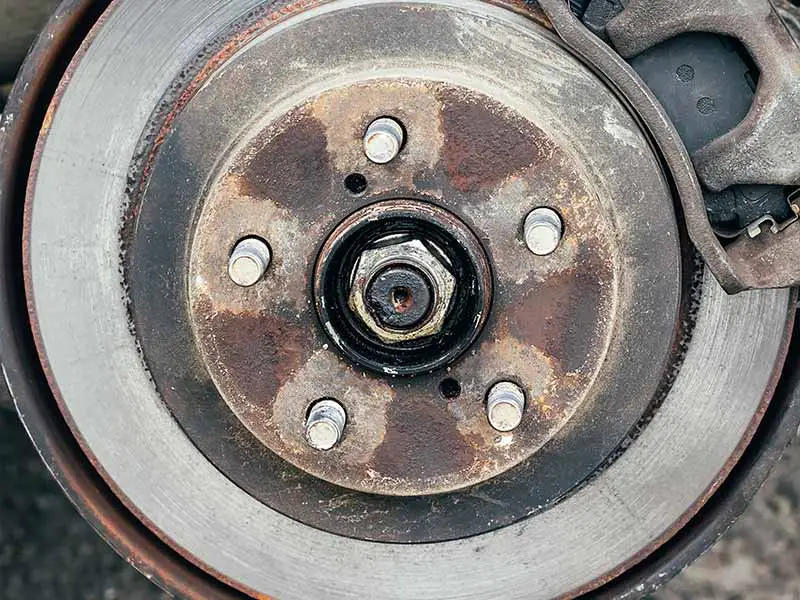
Installation of Hub Centric Rings
Correct installation of hub centric rings is crucial for ensuring the safety and performance of your vehicle. Here’s a step-by-step guide:
- Clean the Hub and Wheel: Before installing the rings, make sure the hub and the wheel’s center bore are clean and free of debris. Any dirt or grime can prevent a snug fit.
- Align the Ring: Position the hub centric ring so that it fits evenly into the wheel’s center bore. It should sit flush against the wheel.
- Replace if Damaged: If a ring is cracked, warped, or otherwise damaged, replace it immediately.
- Secure the Ring: Gently press the ring into place. It should fit snugly without any gaps. If it’s too loose or too tight, double-check the size.
- Avoid Forceful Installation: Never force a ring into place. If it doesn’t fit easily, it may be the wrong size.
- Install the Wheel: Once the ring is in place, mount the wheel onto the hub. The ring should help the wheel to align perfectly with the hub.
- Tighten Lug Nuts: Secure the wheel by tightening the lug nuts in the recommended pattern and torque for your vehicle.
Choosing the Right Material for Hub Centric Rings
Hub centric rings come in mainly two materials: plastic and metal. Each has its advantages:
- Plastic Rings: These are more common and work well for most situations. They are less prone to corrosion but may need to be replaced more frequently.
- Metal Rings: Metal rings, such as those made from aluminum, are more durable and better suited for heavy-duty or performance vehicles.
For more detailed information on choosing the right material for your hub centric rings, you can refer to our guide on Aluminum vs. Plastic Hub Centric Rings.
Resources
Below are some links you may find helpful when learning about tires:
- Understanding wheel fitment, hub centric versus lug centric – Les Schwab
- Wheel tech information – Tire Rack
Final Thoughts
Hub centric rings help in reducing vibrations, ensuring even tire wear, and maintaining proper wheel alignment. While alternatives like push through center caps exist, they do not offer the same level of precision and safety as hub centric rings.
It’s important to choose the right size and material for your specific vehicle and wheel setup and to consult with a professional if you’re considering alternatives. Remember, the small details like hub centric rings can make a significant difference in your vehicle’s performance and your safety on the road.
Good luck and happy motoring.
